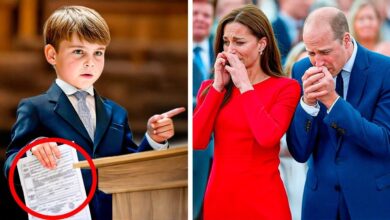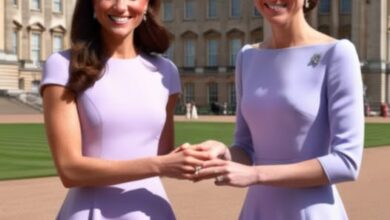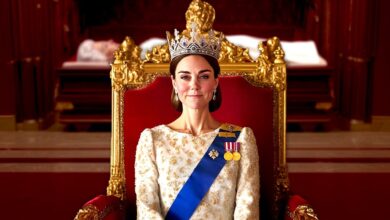William & Catherine’s Surprising New Addition To Their Team Fuels The King’s Abdication Rumours
Prince William and Princess Catherine’s Quiet Revolution: The Future of the British Monarchy
As Prince William and Princess Catherine approach a pivotal chapter in their lives, the couple is quietly preparing for their eventual roles as king and queen. Their journey has not been without challenges, marked by personal struggles, family dynamics, and shifting expectations within the royal family. Recent moves by the couple, especially amid King Charles’s health challenges and speculation about his abdication, have sparked reactions and even raised questions about the future of the monarchy itself.
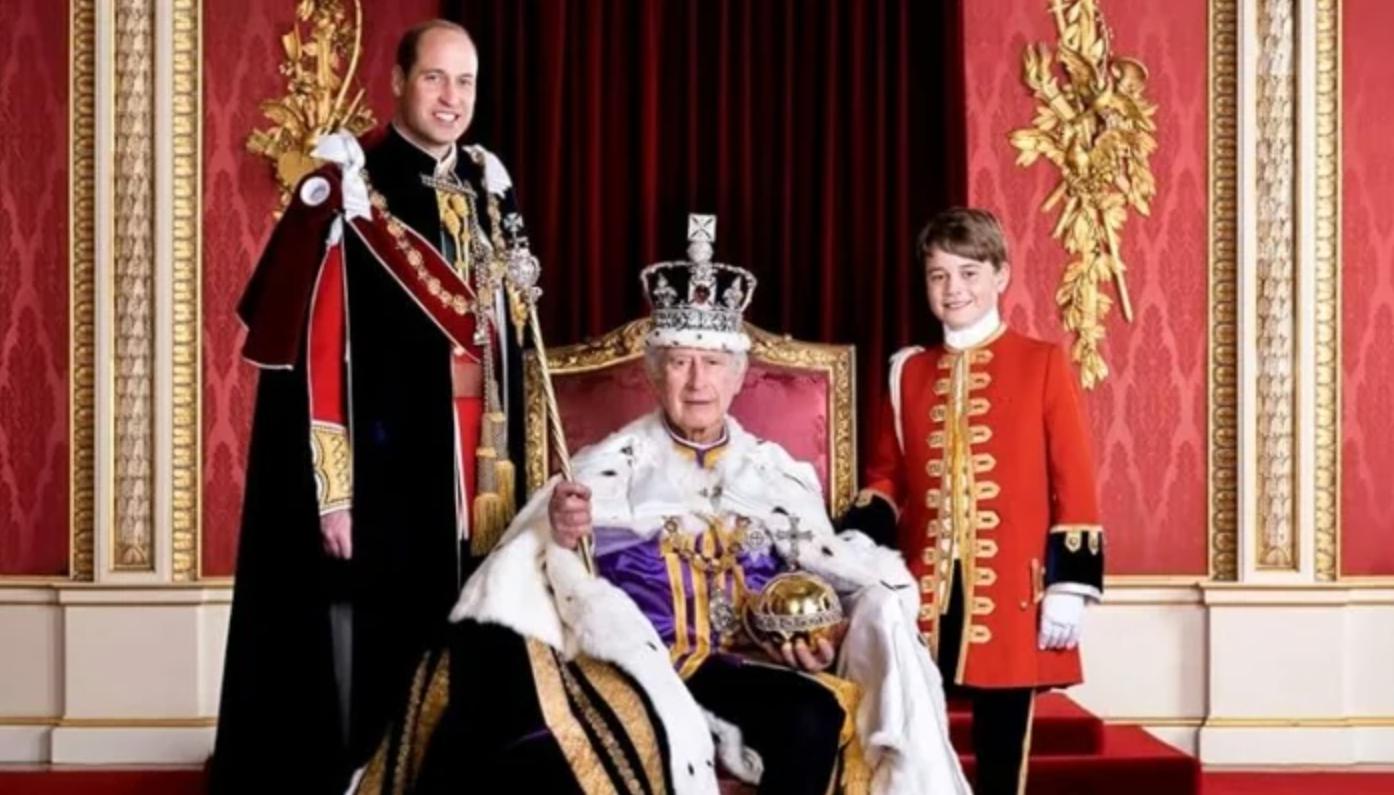
A Modern Approach to Monarchy: Breaking Tradition
Prince William and Princess Catherine are increasingly committed to radically changing the culture of the British monarchy. As they look to the future, they are prioritizing a more streamlined, modern approach to royal duties, distancing themselves from the opulent and rigid traditions that have defined the institution for centuries. In contrast to the grandiose rituals and centuries-old court etiquette, the couple aims to usher in an era where the monarchy is less about ceremonial extravagance and more about purposeful service and engagement.
To this end, the couple has made several noteworthy moves. For example, they appointed a former CEO of Tesco to lead their Royal Foundation, signaling a more corporate and efficient approach to their royal engagements. They are also planning a more direct, hands-on management of their private office, likely bypassing some of the more traditional, behind-the-scenes advisors. This marks a clear shift away from the “gray men” of the royal establishment—those middle-aged, often male figures who have long advised the monarchy, many of whom were criticized during Princess Diana’s time.
As Prince Harry once pointed out, these advisors have historically held significant power, often consolidating it through intricate political maneuvering. William and Catherine, however, appear intent on reigning in these long-standing royal advisors and taking more direct control of their affairs. This move reflects a broader desire to modernize the monarchy, bringing it closer to the present while ensuring it remains relevant in the future.
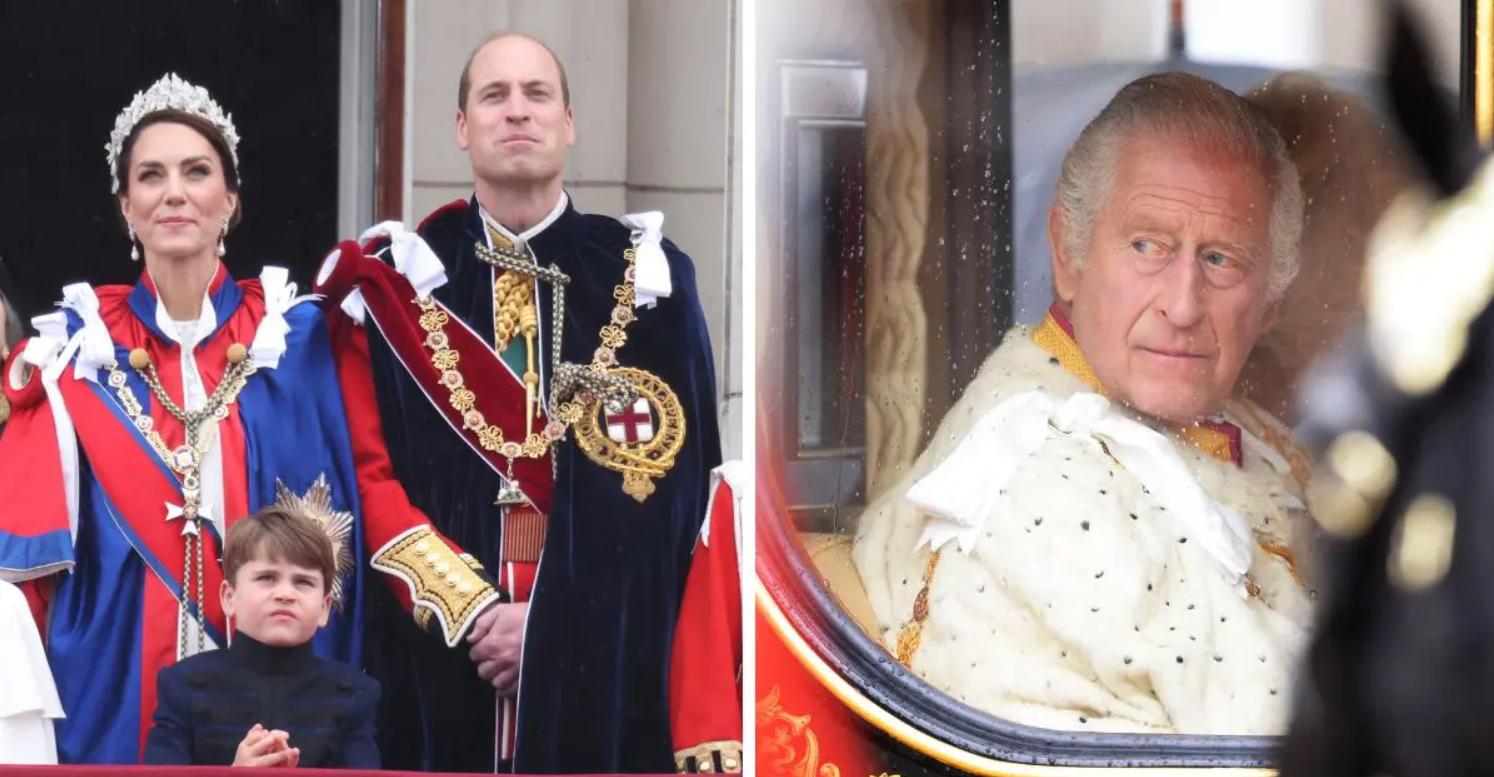
A Changing Royal Dynamic: King Charles’s Health and the Shift in Power
Amid all of these developments, King Charles III‘s health challenges have been a significant factor in accelerating the shift in power. Although the king continues to carry out his duties with his usual determination, he has had to scale back his royal engagements due to ongoing cancer treatment. As a result, Prince William has been stepping up, taking on more responsibilities and engaging in high-profile events, such as the reopening of Notre-Dame Cathedral in Paris. During this momentous occasion, the absence of King Charles was keenly felt, underscoring the growing prominence of William’s role.
This change in dynamics between father and son has led to speculation about a shift in royal priorities. Sources close to the royal family have hinted that William is increasingly taking on the mantle of leadership within the monarchy. While King Charles remains firmly in place, these evolving circumstances suggest that William’s role in representing the monarchy is growing, with an eye toward the future.
The Wales Family’s Focus on Normalcy and Family
Despite the significant changes happening behind the scenes, Prince William and Princess Catherine have remained focused on their family and on ensuring that their children, Prince George, Princess Charlotte, and Prince Louis, grow up in as normal a way as possible. Although they are heirs to the throne, the Wales family is striving to give their children a grounded, well-balanced upbringing. This emphasis on normality and familial values is central to the couple’s vision for a modern monarchy, one where duty is balanced with the importance of personal growth and development.
This focus on a “normal” lifestyle for their children contrasts with the more traditional, and often public-facing, royal upbringing of previous generations. Instead of emphasizing the pomp and circumstance typically associated with royalty, the Wales family is creating an environment in which their children can thrive away from the media spotlight.

The Future of the British Monarchy: A New Era
As King Charles‘s reign enters a new phase marked by his health struggles, it’s becoming increasingly clear that Prince William and Princess Catherine are preparing to lead the monarchy into a new era. Their approach to modernizing the royal family and prioritizing family values stands in stark contrast to the traditional image of the monarchy that many associate with centuries-old rituals and displays of wealth.
Prince William’s recent statements, as well as his growing role in royal duties, hint at significant changes ahead. Royal expert Richard Eden noted that William has expressed his intention to do things differently, embracing a smaller, more streamlined royal family that focuses on duty while cutting back on the pomp and pageantry that have long been associated with the monarchy.
For now, it remains to be seen how these plans will unfold. But what’s clear is that Prince William and Princess Catherine are not waiting for their future roles—they are already taking action and making moves that will set the course for the monarchy in the years to come.
As the world watches the transition unfold, one thing is certain: the future of the British monarchy is likely to be very different from the past, with Prince William and Princess Catherine leading the way into an era marked by modernity, efficiency, and a greater emphasis on family life.




